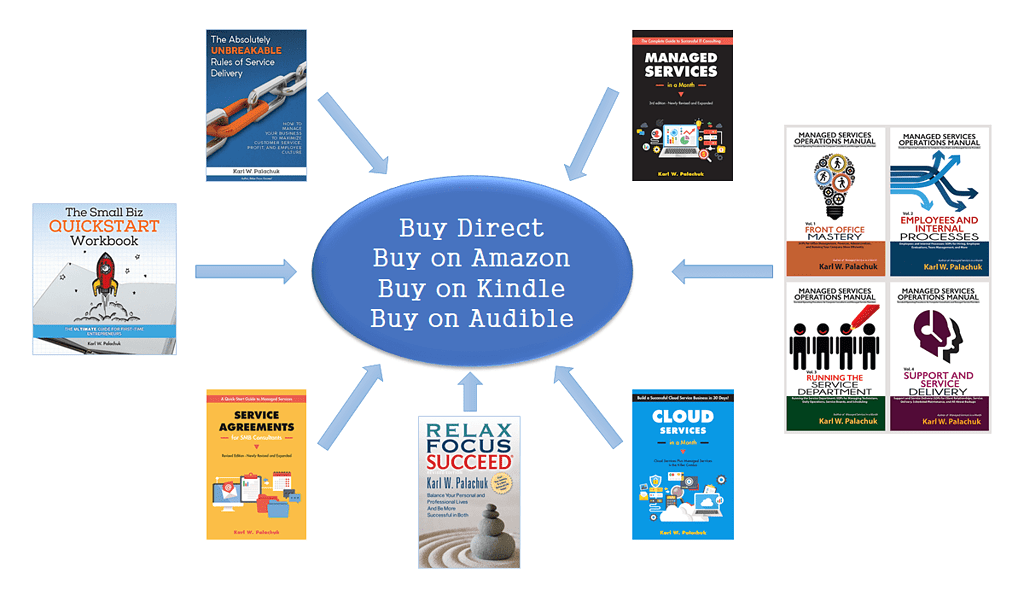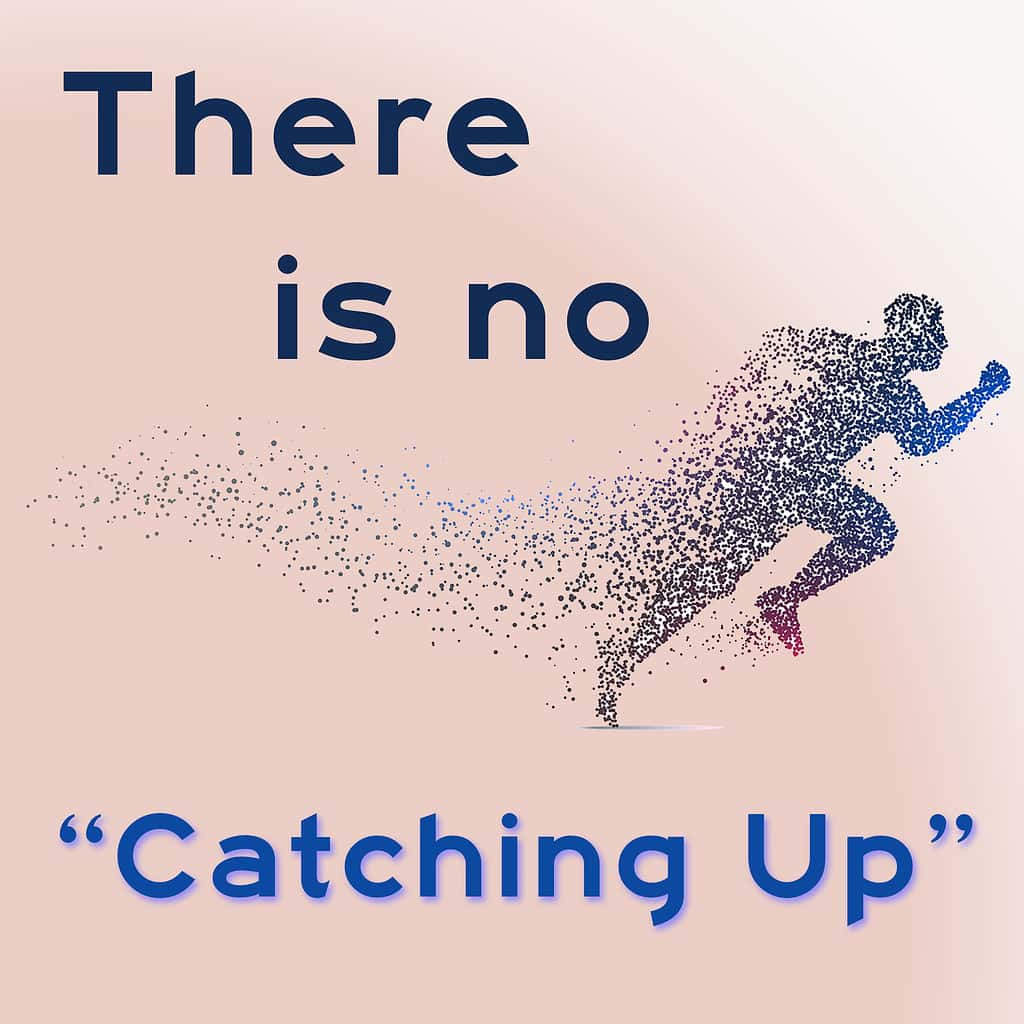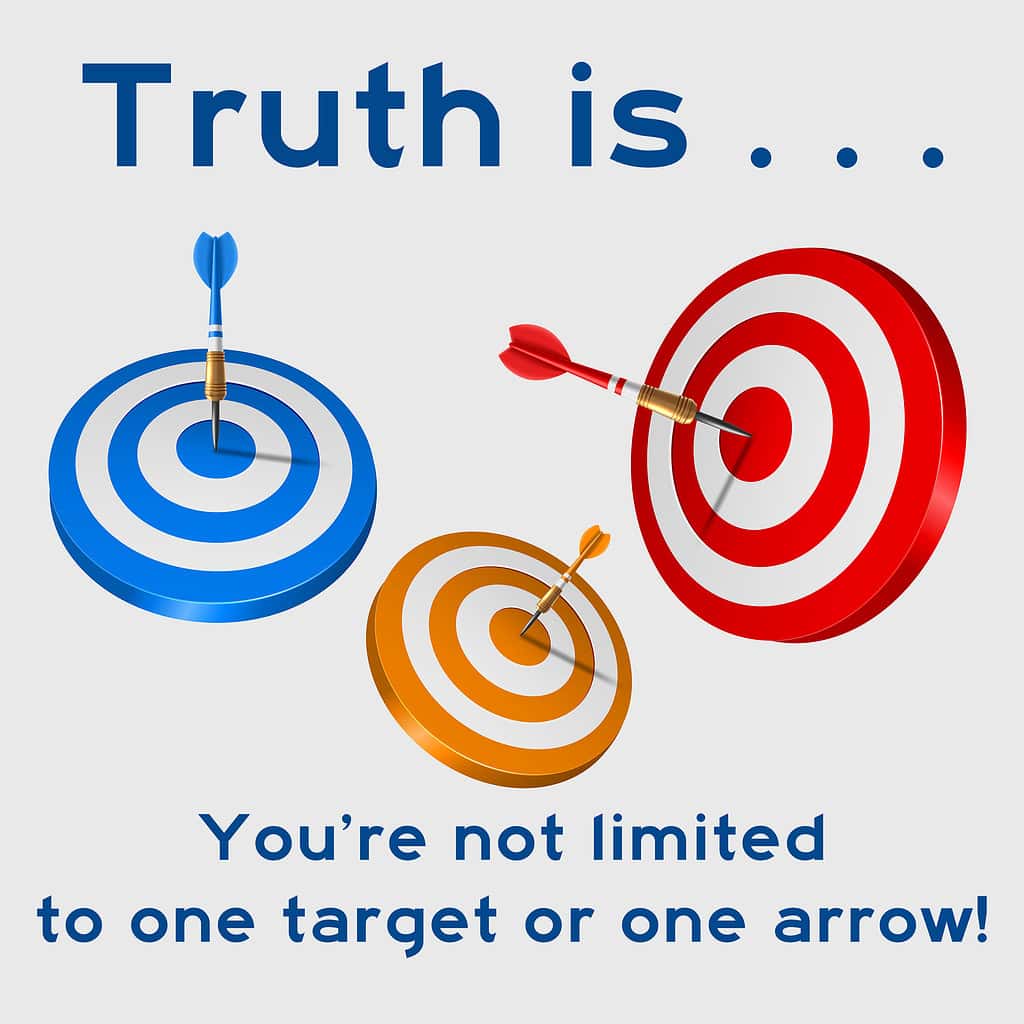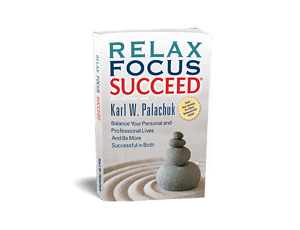This is a report for authors on a very expensive test I ran with my book marketing. The good news: My “big” strategy for book marketing worked. The bad news: The testing cost me a lot of book sales.
First Some Background
For many years I have been building a book marketing strategy that more than a few people tell me is a waste of time and effort. The strategy is basically this:
- Create a separate domain and landing page for each book or product. See https://www.sop4smb.com/ and https://www.managedservicesinamonth.com/.
- Create buttons to make it easy for visitors to Buy Direct, Buy on Amazon, Buy on Kindle, etc.
- Create ad campaigns (e.g., Google) for each book. Direct these clicks to the individual book sites.
- Track all sales over time (direct, Amazon, etc.)

With this strategy, it’s important to fill these landing pages with information. I post up tables of contents, sample chapters, customer endorsements, a list of downloads, and even related videos. In case someone has already bought the book, I list the related downloads and include a link to register the book and download the extra content.
The goal of each landing page is very clear: Educate yourself about this book, then click the BUY button. If they buy direct, of course, visitors go to my store at https://store.smallbizthoughts.com. There, they might convince themselves to buy even more. Options for Amazon and Kindle take them off to those sites.
Why People Disagree with This Strategy
Detractors tell me that this strategy leaves money on the table. The assumption is that a buyer will buy, so don’t make it easy for them to buy somewhere else (where I will make less money). But I firmly believe that people will buy where they want to buy. Some people might educate themselves on my page and then go to Amazon and search for it, because they only buy on Amazon.
I believe some people will be lost in that transition. They intend to go to Amazon and look for my book. But that requires them to put out a fair amount of effort, at least by Internet standards. So, a one-click button that takes them to their preferred buying place reduces friction and increases sales. Thankfully, there are many people like me who always buy direct when I can.
Anyway, the argument is that I’ll make less money because buyers will prefer Amazon.
The Test: Send Visitors to My Store
In the multi-site strategy, we set up more than a dozen Google Ad campaigns. Most went to the individual sales pages for books described above. We also had both display and search campaigns that sent traffic to our store. We could then manipulate where traffic was sent by changing budgets for books and the store. For example, we had been spending between $5/day and $10/day per book and the same for store ads.
For the test, we simply cut individual book site advertising to $1/day per campaign. Most books have one search and one display campaign, so the total spend dropped from $10/day to $2/day per book. We then took all that extra money and added it to the store campaigns. Within each store campaign, we set up ads for each book and directed that traffic to the specific book page inside our store. So now we’re driving massive traffic to the store instead of the individual products.
This transition took several weeks and happened in September of 2021. Our test period was then October 1, 2021 through March 31, 2022. That’s six whole months. We compared all traffic to all sites, and (more importantly) all sales across our store, individual pages, Lightning Source (Ingram, which represents Amazon sales), and Kindle. We compared the six whole months March 2021 through August 2021 to the test period. Thus, our comparison is six whole months before and six whole months after the transition month.
After six months, we had some very clear results from the change in Google Ads strategy. The results:
- Month over month and year over year, our store sales were about the same before and after we made the switch. We were down about $100/month.
- Other sites – primarily Audible and Amazon sales (via Lightning Source) are down significantly – about $1,010 per month to my bottom line.
So, the lesson is clear: We need to reverse the strategy!
That means, we set the store to a lower budget and returned individual pages to higher budgets. We also learned that our old store budget doesn’t need to be any higher than it was before. Increasing traffic did not increase sales.
Does This Mean Anything to You?
All sales exist within the context of your branding, your personality, your products, your audience, your other marketing efforts, and so forth. So, I’m reluctant to just say that you should go create a bunch of web sites and replicate what I’ve done. But I do feel comfortable telling you this:
Measure absolutely everything you do regarding sales! And analyze it from time to time.
If you are not comfortable with Excel spreadsheets, find someone who is. Do not simply spend some money here or there and hope a miracle happens. Miracles are rare. Instead, measure performance and sales before a campaign and then during and after a campaign. Spend money carefully and with intention. Measure results.
Note: Some people will immediately notice that I have a decent budget for advertising. That’s true. But I can’t tell you how many authors I’ve met who will buy a useless $1,500 or $2,500 package to get rich quick, but find that there are zero sales as a result. And then they will do this again and again. In my opinion, your money is far better spent with a good, steady campaign that creates a regular flow of traffic.
That one-time shot-in-the-dark $1,500 campaign could be used to spend $4/day on a book and drive traffic that results in actual sales for an entire year. So, before you dismiss my budget as beyond your ability, consider a test to see whether a regular campaign might work for you.
For a fun related video, check out The Cheeky Sales Coach on A/B Testing – https://www.cheekysalescoach.com/2021/02/episode-14-a-b-testing/.
Full Disclosure on Ads
You cannot simply throw money at Google Ads (or Facebook or LinkedIn Ads, etc.). You have to work hard to make ads work. You need to figure out how to target. You need to define a specific audience. You need to try different adds, different calls-to-action, and so forth. In other words, you have to constantly work and tweak and fine-tune your ads.
And when you get something that works, you have to keep checking it. Nothing works for very long. The audience changes, the ad rules change, and everything gets old fast on the Internet. So even ads that work need to be fine-tuned.
The bottom line is something you already know: Sales is hard. I happen to make enough money to live on by selling books. But that’s after I spend a lot of time and money creating and fine-tuning every single piece of the sales and marketing process.
Good luck! Comments and questions welcome.
🙂








One Response
The A/B testing video is actually here: https://youtu.be/QjV9Fj2ERdI
(The link above is to the audio/podcast version.)